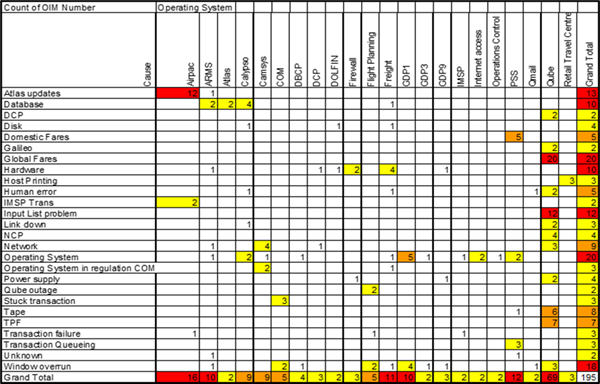Unplanned IT outages can disrupt business operations, lead to lost revenue and damage company reputation. The Service Desk can take proactive action to coordinate and lead efforts across the different IT support and technical organizations to make a real difference that lowers the frequency of incidents, increases customer satisfaction and reduces unplanned IT costs and labor.
Here are 6 techniques that can be used to get to their root causes and take action now. The Service Desk can act as a coordinator/leader for using these techniques to get results and improve service.
Technique: The 5 Whys
Best Use:
- Uncertain whether a presented solution is truly the solution.
- Uncertain where to start when trying to find a solution.
- Changing the mindset of support staff to focus on causes versus symptoms.
How It Works:
- Describe what took place.
- Ask “Why?”
- Listen to answer given.
- Ask “Why?” again.
Repeat steps 2-4 until root cause is identified.
Technique: Trend Analysis
Best Use:
- Identifying underlying problems which if removed, will reduce the number of incidents in the IT infrastructure.
- Prioritizing problem-solving efforts.
How It Works:
- Assign categories to problems.
- List problems by category.
- Identify volume of incident occurrences for each problem.
- Identify those problems with highest frequency.
- Address problems associated with most incidents.
